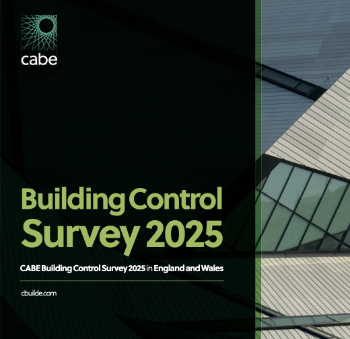Free school
Free schools funded by the government but not run by the local authority. Instead, they are run on a not-for-profit basis by groups such as; charities, universities, parents, businesses and so on as an alternative to existing local schools.
There are expected to be 883 free schools by 2020 and 270,000 free school places between 2016 and 2021 (ref NAO see below).
Free schools have more control over how they operate. They can set their own pay and conditions for staff, change the length of school terms and of the school day and do not have to follow the national curriculum. However, unlike grammar schools, they are not permitted to use academic selection processes.
Free schools can be either university technical colleges, specialising in subjects such as engineering and construction, as well as ‘traditional’ subjects, or they can be studio schools; small schools delivering mainstream qualifications through project-based learning.
In February 2017, the National Audit Office (NAO) published Capital funding for schools, which criticised free schools.
It found that whilst free schools often meet a demographic need for new school places, they also create spare capacity, which may have implications for schools’ financial sustainability. It recommended that In assessing applications for new free schools, the Department for Education should assess whether the value gained from increasing choice outweighs the disadvantages of creating spare school places. The report also said the Department recognised that skills shortages had affected the ability to secure free school sites quickly and at the best price.
Commons Public Accounts Committee chair Meg Hillier said: “The department is choosing to open new free schools in areas which do not need them and are failing to fill places. This is taxpayers’ money that could be used to fund much-needed improvements in thousands of existing school buildings.”
[edit] Find out more
[edit] Related articles on Designing Buildings Wiki
- Baseline designs for schools.
- Broadmeadows Primary School.
- Building Bulletin 93: acoustic design of schools.
- Building Schools for the Future.
- CIBSE Case Study Bushbury Hill Primary School.
- NAO report into the Green Deal and Energy Company Obligation.
- Priority School Building Programme PSBP.
- The King’s School, Worcester.
Featured articles and news
Designing Buildings reaches 20,000 articles
We take a look back at some of the stranger contributions.
Lessons learned from other industries.
The Buildings of the Malting Industry. Book review.
Conserving places with climate resilience in mind.
Combating burnout.
The 5 elements of seiri, seiton, seiso, seiketsu and shitsuke.
Shading for housing, a design guide
A look back at embedding a new culture of shading.
The Architectural Technology Awards
The AT Awards 2025 are open for entries!
ECA Blueprint for Electrification
The 'mosaic of interconnected challenges' and how to deliver the UK’s Transition to Clean Power.
Grenfell Tower Principal Contractor Award notice
Tower repair and maintenance contractor announced as demolition contractor.
Passivhaus social homes benefit from heat pump service
Sixteen new homes designed and built to achieve Passivhaus constructed in Dumfries & Galloway.
CABE Publishes Results of 2025 Building Control Survey
Concern over lack of understanding of how roles have changed since the introduction of the BSA 2022.
British Architectural Sculpture 1851-1951
A rich heritage of decorative and figurative sculpture. Book review.
A programme to tackle the lack of diversity.




















